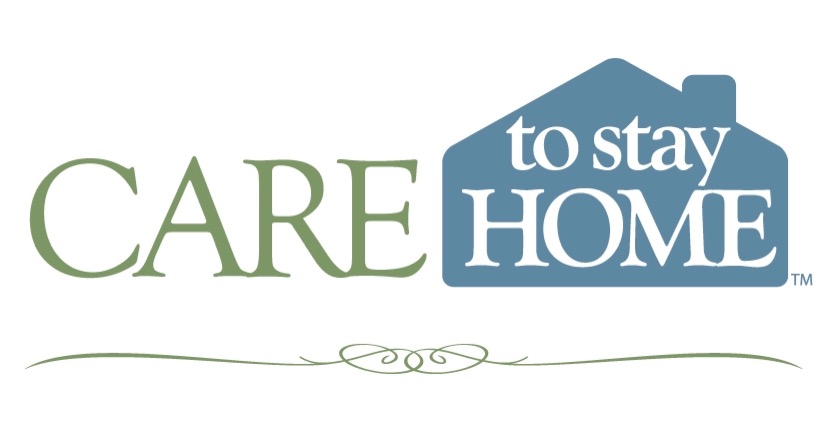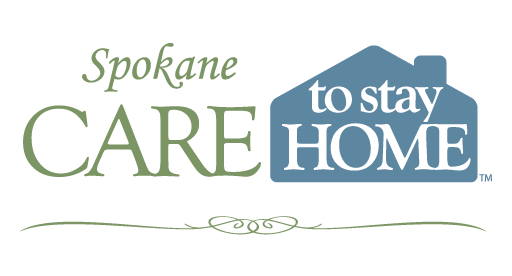13 Feb Urinary Incontinence in Older Adults
Urinary incontinence is a common condition that affects people of all ages, but it is especially prevalent in older adults. It can be embarrassing and uncomfortable, but it can also be easily treated or managed.¹
Urinary incontinence is the unintentional loss of urine. It affects over 43% of American men and women who still live at home and are over 65 years old. Research shows that over 70% of older adults in long term care have issues with incontinence.²
Urinary incontinence in older adults is not just a nuisance; it can also be embarrassing and lead to other health problems. For example, people who experience urge incontinence may want to avoid social situations where they might not have easy access to a restroom or where they may have to use a public toilet. This may lead to increased isolation and depression, which can be serious issues for older adults who have mobility issues or difficulty getting around in general.
Urinary incontinence is the inability to control one’s bladder. It can be caused by a number of factors, including age, medical conditions, pregnancy, and stress. Urinary incontinence is different from urinary retention or frequency; it refers specifically to a sudden loss of urine or the inability to hold the urine in.
What Is Urinary Incontinence?
Urinary incontinence is the loss of bladder control, which can happen in both men and women. It’s most common in older adults, but it can also occur in younger people with certain conditions or injuries.
Symptoms of urinary incontinence may include:
- Frequent urination (especially at night)
- A strong urge to urinate when there is no need for it
- Leaking urine (when coughing, laughing, or sneezing)
- Not being able to completely empty your bladder after going to the bathroom
- Frequent leaking or dribbling of urine
- Needing to go more than once every hour
- Having an accident due to not making it to a bathroom on time
These symptoms may come on suddenly or come and go over time. Many people suffering with incontinence will feel ashamed or embarrassed, but symptoms of urinary incontinence in older adults should always be discussed with a healthcare provider.³
Types of Urinary Incontinence
Urinary incontinence occurs in different ways due to a variety of factors. The basic types of urinary incontinence are:
- Stress incontinence: This occurs when pressure from coughing or sneezing or exertion causes urine to leak from the bladder through muscles that normally keep the bladder closed. Stress incontinence is common after childbirth or surgery for prostate disease.
- Urge incontinence: This occurs when you feel like you need to go right away, even if your bladder isn’t full yet—like when you have a really bad case of diarrhea. It’s more common in women than men and often affects people who have diabetes or a spinal cord injury that affects their nervous system function (neurological disorders).
- Overflow incontinence: If you have overflow incontinence, your bladder doesn’t empty completely when you urinate, so some urine remains in the bladder after voiding (emptying your bladder). Overflow incontinence is more common among older men due to prostate issues.
- Functional incontinence. This type of incontinence is due to not being able to make it to the toilet in time. Issues such as injury, arthritis, or neurological changes can make it hard to get to the bathroom in time. Mental impairments can also be a cause of functional incontinence.
- Mixed incontinence: This type combines elements of both stress and urge incontinence; it’s most common in older women. When seeking help for this type of incontinence, treatment should focus on the most bothersome situations first.²
Causes of Urinary Incontinence in Older Adults
There are many reasons for the onset of urinary incontinence in older adults. Urinary incontinence should never be considered a normal part of aging or a regular aspect of life as an older adult. Incontinence should always be discussed with a medical provider so that treatment can be started. Incontinence can also be a symptom of another underlying condition that can be very serious or even life threatening.
Some of the more common causes of urinary incontinence are:
- Damage or weakness in muscles that hold urine back
- Infection or irritation in the urinary tract
- Nerve damage due to injury or infection
- Changes in your brain’s ability to control your bladder muscles such as Alzheimer’s disease
- Urinary tract infections
- Bladder spasms (contractions) that cause urine leakage
- Incomplete bladder emptying
- Diabetes and other conditions that affect the nervous system
- Poor bladder control caused by an injury to the spinal cord or prostate surgery
- Side effects of certain medications
- Conditions that affect mobility and self care¹
Alzheimer’s and Urinary Incontinence
As Alzheimer’s disease progresses, it is not uncommon for the person living with dementia to experience incontinence. This can be a result of many factors. Incontinence can be a result of forgetting where the bathroom is, becoming confused about how to undress in time, incorrect or inefficient signaling from the brain, or as a side effect of a medication.⁴
With appropriate care, treatment, and assistance, someone diagnosed with incontinence due to the effects of Alzheimer’s can live a more dignified and comfortable life. Make sure to discuss these issues with a healthcare provider and any home health aides or assistants that may be involved.
Treatment of Urinary Incontinence in the Older Adult
The treatment of urinary incontinence depends on the severity of the condition and whether it’s caused by a medical condition. Treatments can include:
- Drugs to treat urinary incontinence include alpha-adrenergic blockers and anticholinergics, which help reduce stress incontinence by relaxing smooth muscle in the bladder and urethra. These medications may also be used to treat urge incontinence.
- Lifestyle and behavioral interventions. These may help reduce incidences of incontinence. Practices like timed voiding and prompting to use the bathroom, as well as a bathroom schedule, have been shown to be very helpful for adults with cognitive declines.
- Physical therapy. Physical therapy may help strengthen the pelvic floor muscles with exercises such as Kegel exercises or biofeedback techniques.
- Depending on the type and cause of the incontinence, surgery may relieve symptoms—but surgery in older adults carries risks and should be used as a last resort.³
Spokane Care to Stay Home Can Help
When your loved one is struggling with urinary incontinence, the sense of being overwhelmed can come on quickly. Getting appropriate care for your loved one is important. Visit our Personal Care page for more information about what Spokane Care To Stay Home can do for your loved one.
Sources:


